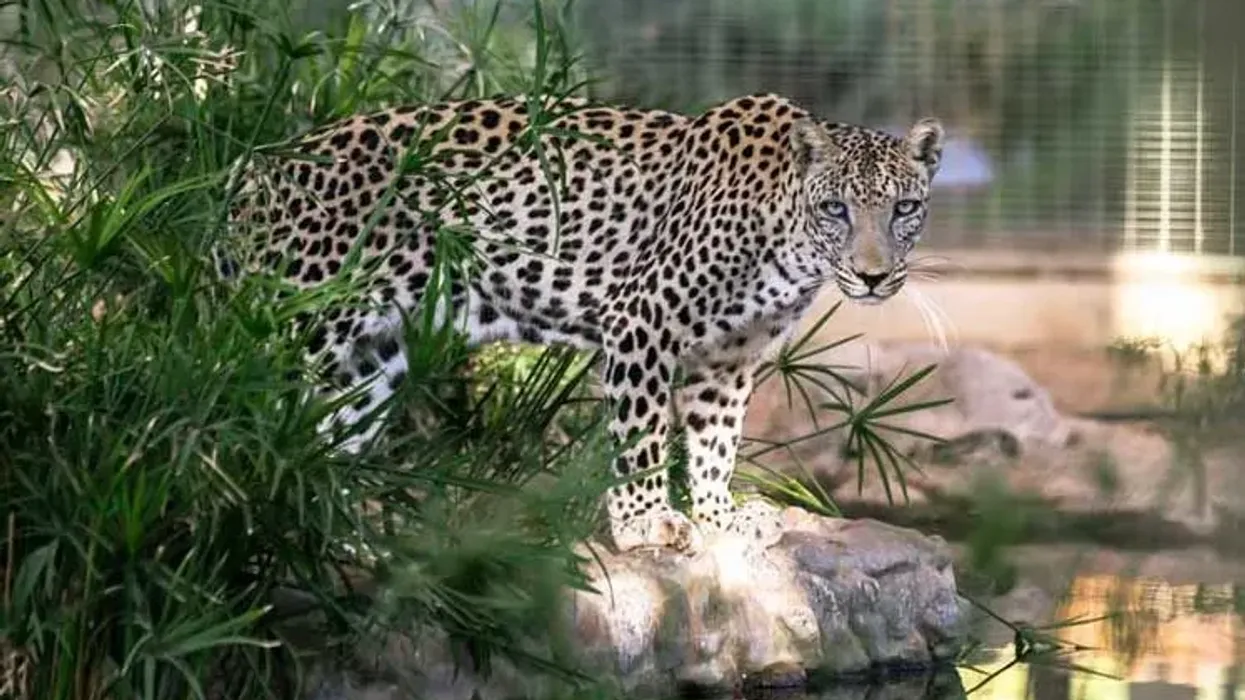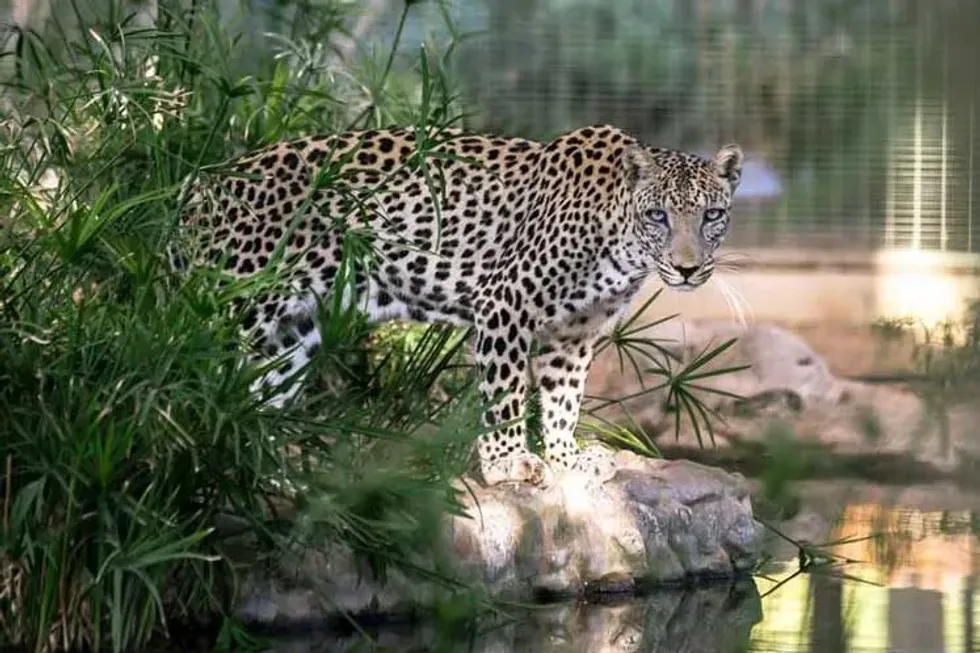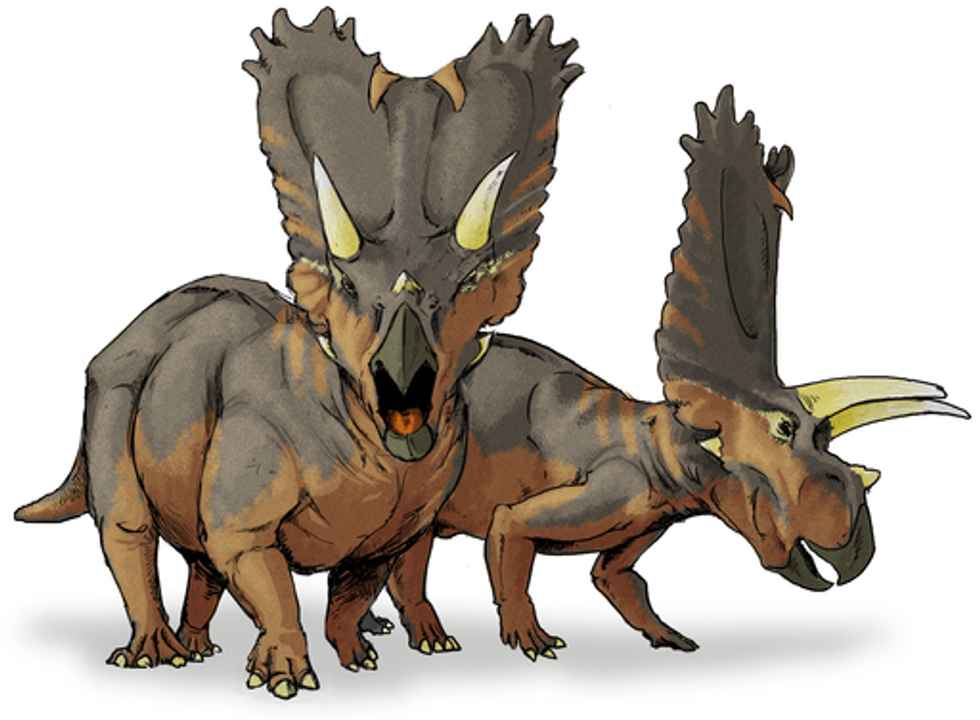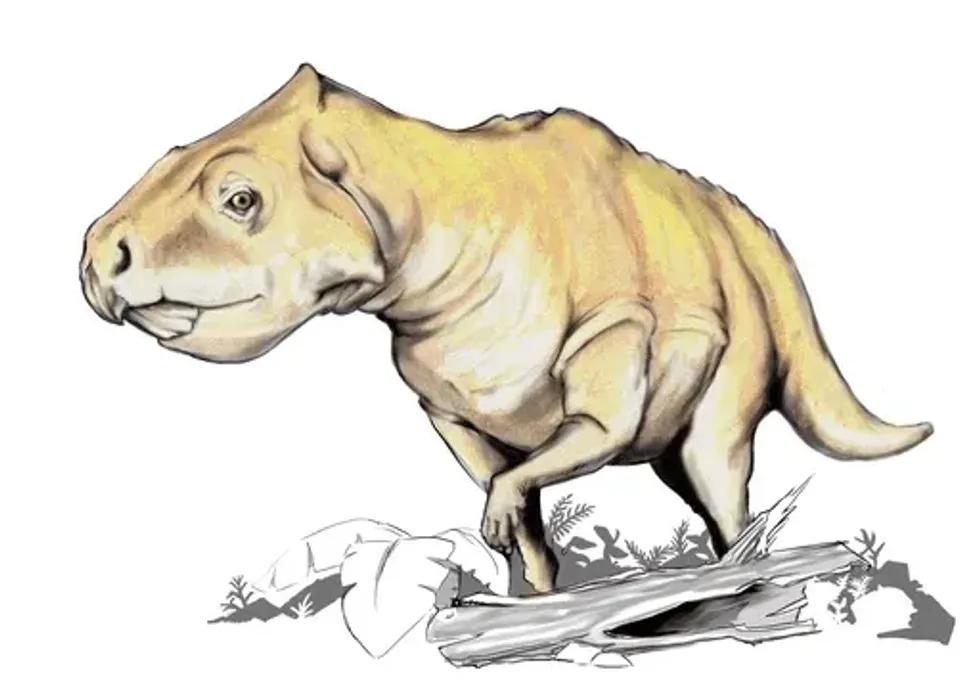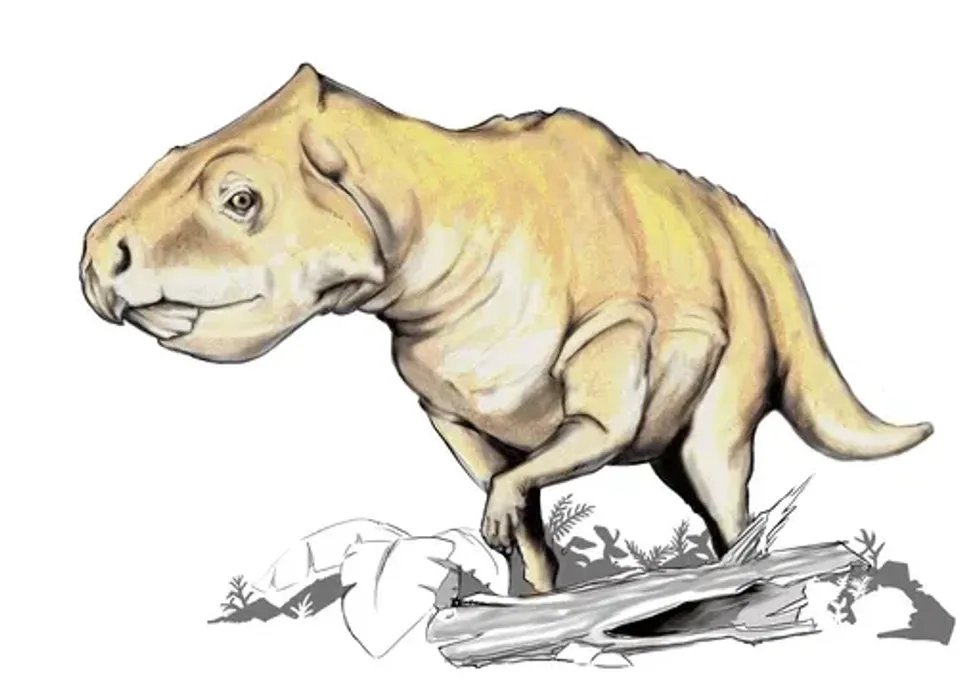The Arabian leopard (Panthera pardus nimr) is a subspecies of leopard that is native to the Arabian peninsula. These leopards have been Critically Endangered ever since 1996 and are under protection in various sub-Saharan regions like Yemen, Oman, UAE, Saudi Arabia, and some parts of Israel and Palestine in fragmented populations.
Arabian leopards are becoming fewer in number with each passing day and efforts to keep their population at a stable rate have been going on for a couple of decades.
Arabian leopards are nocturnal but sometimes can be seen in daylight and their prey concentration is small to medium animals. They store large prey in lairs and dens.
Hopefully, one day, all the conservation efforts for the protection of them is successful, and these amazing leopard subspecies can thrive and grow in population bringing them back to the wildlife of the Arabian peninsula.
If you liked these facts about Arabian leopards, then you'll surely like these facts about clouded leopards and Amur leopards too.
Arabian Leopard Interesting Facts
What type of animal is an Arabian leopard?
An Arabian leopard is a subspecies of leopard that are native to the ranges of the Arabian peninsula and are a critically endangered species of animal ever since 1996. Arabian leopards, in the leopard subspecies, are the ones that are smallest in size.
What class of animal does an Arabian leopard belong to?
Arabian leopards belong to the mammal class of animals. Mammals are vertebrates that have special mammary glands in the female to nourish their young ones with milk.
Mammals are distinguished by other unique features like the presence of fur or hair, three ear bones, a neocortex (region of the brain), and a lower jaw that is hinged to the skull directly.
How many Arabian leopards are there in the world?
The Arabian leopard population has been in decline over the years and due to human interference like deforestation and hunting, these cats have lost a wide range of their habitat causing them to almost come close to extinction.
As of 2020, fewer than 200 Arabian leopards are in the wild with great efforts to keep their populations at a stable rate through conservation efforts in the wildlife and a few nature reserves.
Where does the Arabian leopard live?
Arabian leopards, in the wild, can be found in a small population in the Arabian peninsula, mainly in the mountainous regions of Saudi Arabia, the United Arab Emirates, Oman, and Yemen.
What is an Arabian leopard habitat?
Arabian leopards have been found scattered throughout the Arabian peninsula and they have been sighted in various mountain ranges and deserts.
In Saudi Arabia, there have been sightings in the Hijaz Mountains and the Asir Mountains. In Oman, these leopards are often found in the mountain range of Hajar and Dhofar, and in Yemen, they are found in the western and southern highlands. A small population can also be found in the desert range of Negev in Israel.
Who do Arabian leopards live with?
As with most leopards, Arabian leopards too are solitary and spend most of their lives alone. They have large territories that they mark with their scent, using urine, feces, and claw marks on trees to deter other leopards from entering their territories.
How long does an Arabian leopard live?
Arabian leopards, like most other leopards, have a lifespan of 12 to 15 years in their wildlife habitat. Captive Arabian leopards, unlike the ones found in the wildlife, can live up to 23 years.
This subspecies of leopards have had their lives shortened due to a lot of human interference, from killing them for their hide or killing them to save livestock.
How do they reproduce?
Arabian leopard (Panthera pardus nimr) males reach sexual maturity when they are two years of age and females reach sexual maturity at two and a half years of age. They breed all year around and have a peak during rainy seasons.
Females attract males by releasing pheromones in their urine and walking back and forth in front of males, swatting them with their tails. A male will then mount the female and mating occurs.
Females have a gestation period of 95 to 96 days after which, they will give birth to one to four cubs.
What is their conservation status?
The Arabian leopard is listed as a species that is Critically Endangered. Thought to be found all around the Arabian peninsula in countries like Saudi Arabia, Oman, Yemen, Israel, and Palestine, this species is on the brink of extinction because humans killing them for their hide and other body parts that are sold on the black market.
Humans have also caused habitat loss of these leopards which has caused them to prey on livestock and in turn, are killed.
There have been great conservation efforts from concerned authorities and they have been undergoing captive breeding to bring them from the brink of extinction and keep them at a stable population.
Arabian Leopard Fun Facts
What does an Arabian leopard look like?
Arabian leopards have a pale yellow, deep golden, tawny, gray coat of fur and have a flat cranial profile. Their limbs are short but they have powerful legs with a large, rounded paw, and retractile claws. They are great climbers and can climb mountains with ease.
How cute are they?
This cat, like most other wild cats, are cute and majestic unless they see you as prey or a threat. Leopard cubs look like a bundle of joy and win over hearts with their adorable and playful nature.
How do they communicate?
Arabian leopards communicate with each other using distinctive calls which come in the form of a raspy cough which is used to make their presence known and a growl to keep trespassers away. Also, they 'purr' like domestic cats when they are relaxed.
How big is an Arabian leopard?
The south Arabian leopard is one of the smaller subspecies of leopards and males usually grow between 71.6–79.9 in (182-203 cm) and females grow between 62.9–75.5 in (160–192 cm).
How fast can an Arabian leopard run?
No data can be found about how fast an Arabian leopard can run. It is, however, known that leopards are agile animals and can run at high speeds.
How much does an Arabian leopard weigh?
The Arabian leopard's weight differs between males and females as males are larger and weigh between 52.9-47.9 lb (24-34 kg) compared to females who weigh between 39.6-51.8 lb (18-23.5 kg).
What are the male and female names of the species?
A male Arabian leopard is called a leopard and a female is called a leopardess.
What would you call a baby Arabian leopard?
Baby Arabian leopards are called cubs. Leopard cubs are blind when they are born and will remain so for 10 days and will not leave their mother's care until they are a month old. The mother brings them prey that she has hunted and feeds them until they are old enough to start exploring their habitat range.
What do they eat?
The Arabian leopard diet consists of a lot of animals, big and small. They prey on the Nubian ibex, porcupines, foxes, rodents, mongoose, snakes, lizards, and hedgehogs.
Are they dangerous?
Naturally, these animals are aggressive and are considered to be a threat to humans. However, due to the use of poisonous ammunition, shepherds have killed a large number of leopards that have come close to their livestock.
As of 2014, there have been at least 52 leopard deaths at the hands of humans who want to protect their livestock from these wild animals.
Would they make a good pet?
No, these are wild animals. The Arabian leopard is an extremely rare subspecies of leopard and is under strict conservation efforts from all concerned authorities of countries like Saudia Arabia, Yemen, and Oman. Keeping this wild cat as a pet can land you in a lot of problems and you might even end up in prison.
Did you know...
In the wild, Arabian leopards were found in large populations in the ranges of mountains in Siberia, Africa, Arabia, and Southeast Asia. However, due to the poaching of these animals, they can only be found in a small population in the Arabian peninsula.
In Yemen, conservation efforts by the Dutch at nature reserve sites are in effect to keep these subspecies of leopards from going extinct.
If anyone was to ask you what is the difference between an Arabian leopard vs. African leopard, you can say that the African leopard is larger than the Arabian leopard.
Conservation group Panthera signed an agreement with Bader bin Abdullah bin Mohammad bin Farhan Al Saud, a Saudi prince, for the protection of leopards around the globe including the Arabian leopard, and he pledged over $20 million.
These leopards are extinct in Jordan, Egypt, Syria, and Lebanon.
Oman especially keeps a hard check on the population of these animals as they have been a part of the global and historical part of the country for decades before the drop in their population.
Is the Arabian leopard extinct?
They are not extinct yet but have been threatened with extinction due to human interference in their natural habitat. Due to a loss of natural prey, they often come in contact with livestock kept by humans due to which they are often killed.
This has caused a huge landslide in their population count and has made them critically endangered in the wild amidst their habitats of mountains and deserts.
How did natural selection lead to the evolution of the Arabian leopard?
It is difficult to ascertain the influence natural selection has had on the evolution of the Arabian leopard. While the dietary habits, size of the animal, and adaptation to the surroundings have ensured that the animal survives over the years, their numbers have declined due to human interference.
Here at Kidadl, we have carefully created lots of interesting family-friendly animal facts for everyone to discover! Learn more about some other mammals including babirusa or anteaters.
You can even occupy yourself at home by drawing one on our Arabian leopard coloring pages.

